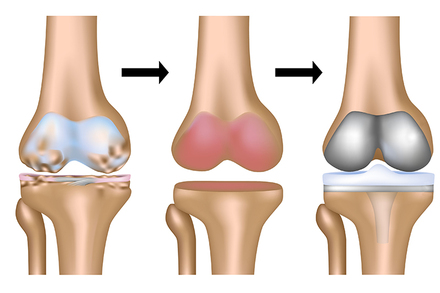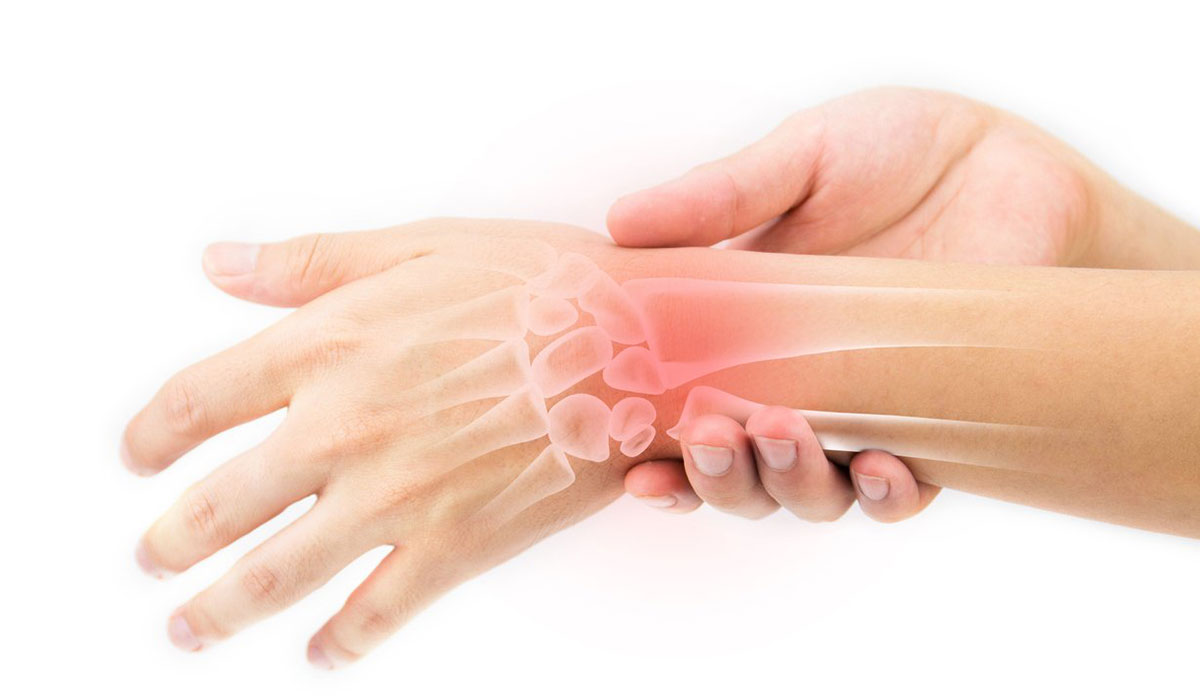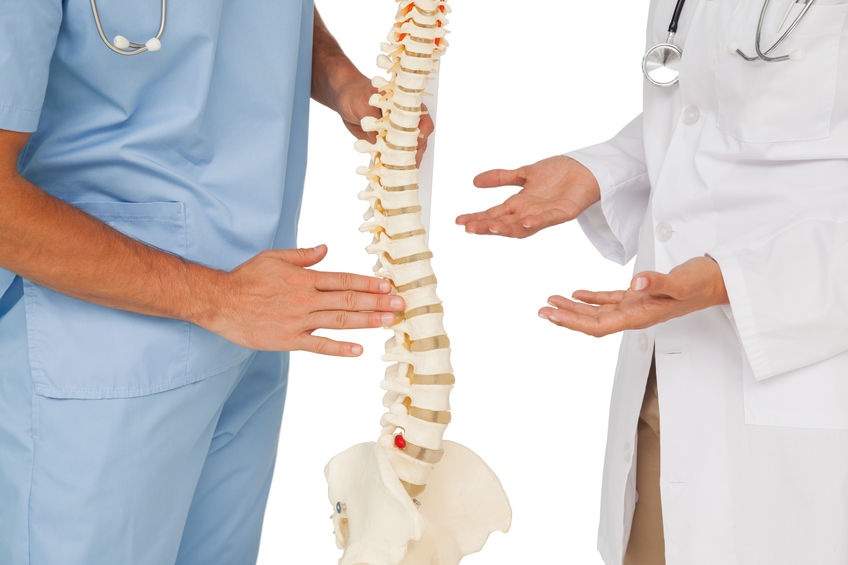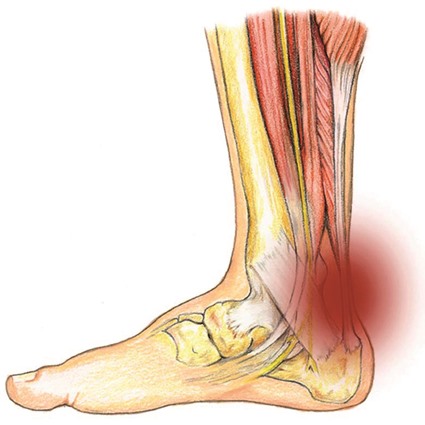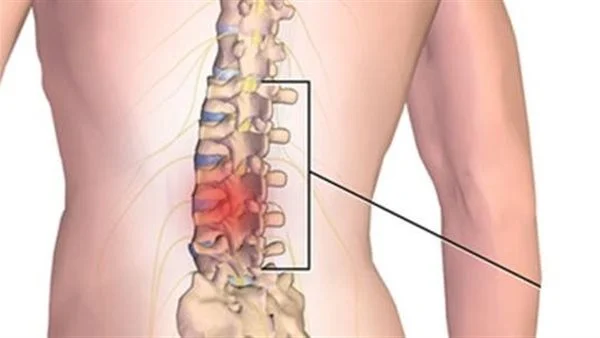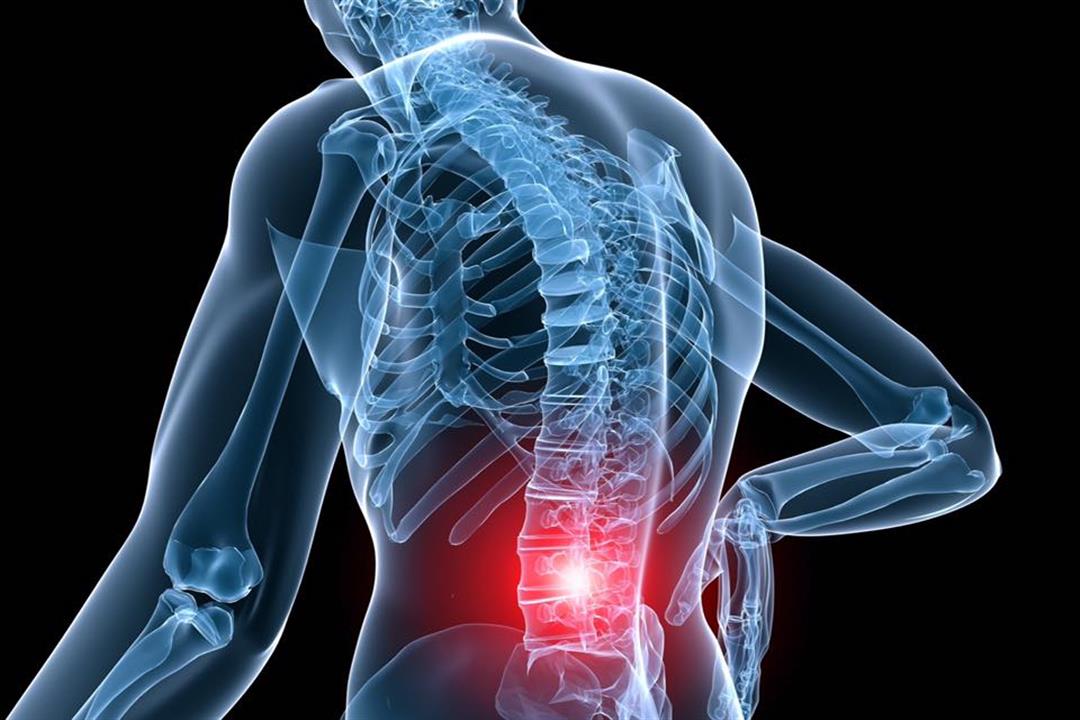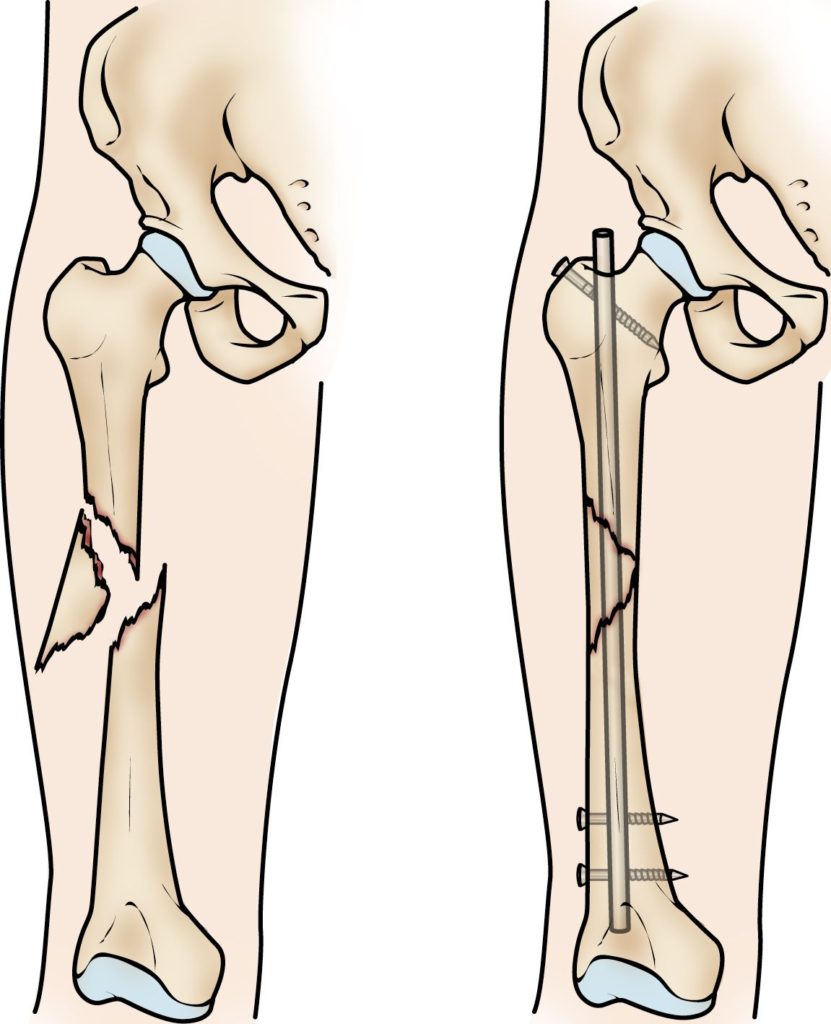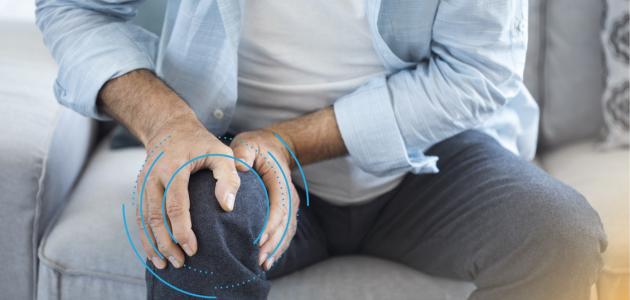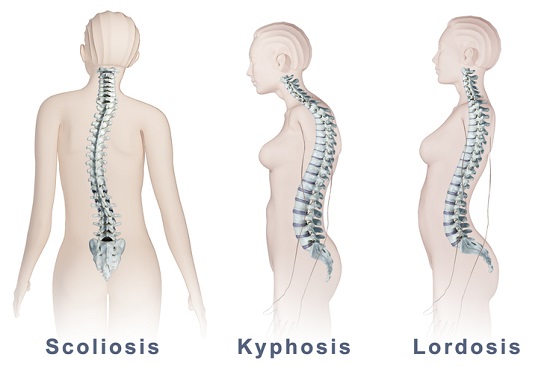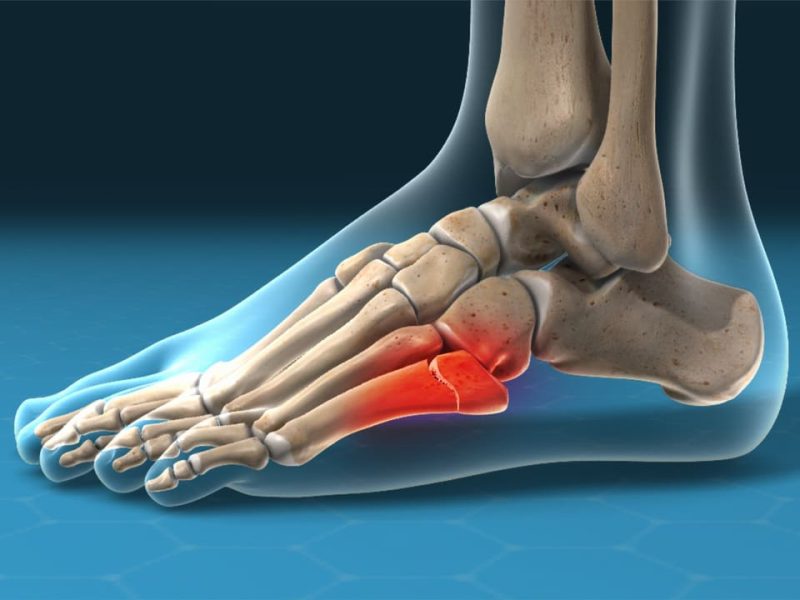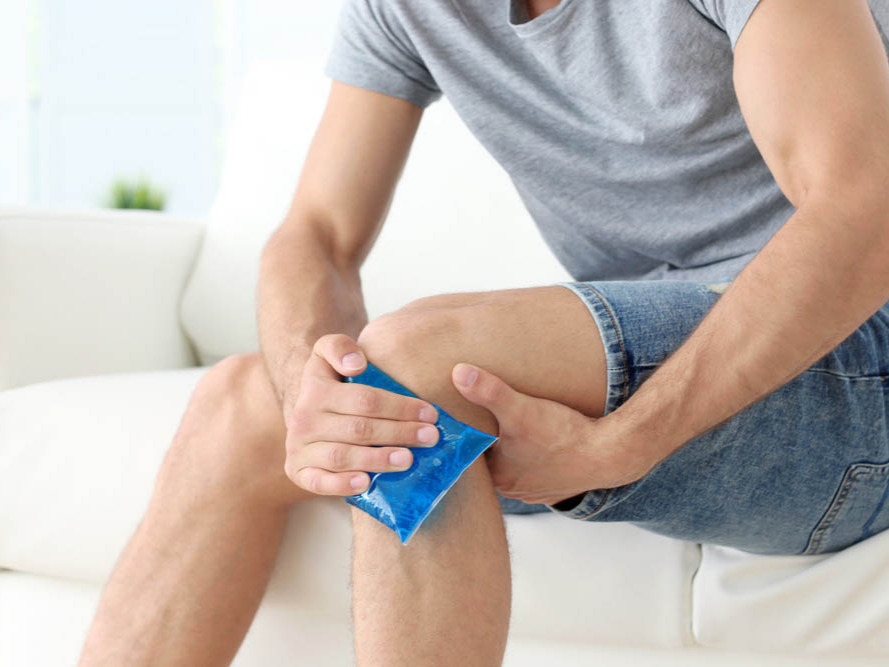Learn More About Shoulder Dislocation Treatment and When the Shoulder Returns to Normal After Dislocation
Treatment for Shoulder Dislocation
5 Ways to Treat Shoulder Dislocation
- Rest and Ice: The first step in treating shoulder dislocation is to provide rest to the affected joint. It is recommended to immobilize the shoulder using a splint or a cold compress to reduce inflammation and pain. Ice packs should be applied to the affected area for 15-20 minutes every hour for 2-3 days.
- Massage and Exercises: Reducing stiffness and increasing joint mobility can be aided by applying massage techniques. Performing conservative rehabilitation exercises may be recommended to strengthen the shoulder muscles and restore joint mobility. The indirect risks of not using these exercises may result in a higher likelihood of reoccurring dislocations due to increased vulnerability of the ligaments.
- Medications: The doctor may recommend pain relievers and non-steroidal anti-inflammatory drugs (NSAIDs) to alleviate pain and inflammation in the affected joint. These medications should be taken according to the doctor’s instructions, and it is not advisable to exceed the prescribed dosage.
- Physical Therapy Sessions: Visiting a physical therapist for specialized therapy sessions to restore joint mobility may be advised. These sessions will provide techniques such as stretching and balance improvement training. These techniques can contribute to strengthening the shoulder muscles and increasing flexibility.
- Surgical Treatment: In some cases, surgery may be recommended to repair shoulder dislocation if the effects persist or if there is damage to blood vessels or nerves. The decision to undergo surgery should be made in consultation with a specialist doctor based on the patient’s condition. By performing this surgery, the dislocated shoulder is properly immobilized to facilitate tissue healing and restore shoulder function.
Note: Before taking any steps in the treatment of shoulder dislocation, it is advisable to consult a specialist doctor for proper diagnosis and advice.
How to Treat Shoulder Dislocation at Home?
Shoulder dislocation is a common and painful injury that can happen to anyone. While proper treatment requires a visit to the doctor, there are some guidelines that can be followed at home to alleviate pain and provide some relief.
Step 1: Stabilize the Joint
Gently maneuver the shoulder joint back into its natural position. Use a sling or brace to stabilize the shoulder joint in the ideal position. Avoid moving the shoulder joint as much as possible to prevent further damage or harm.
Step 2: Use Ice
Place a bag of ice in a nylon cloth or towel and apply it to the affected area. Apply it to the shoulder for 15-20 minutes every hour. Ice helps reduce inflammation and pain.
Step 3: Take Medications
Consult a pharmacist or treating physician for over-the-counter pain relievers. Follow the instructions on the packaging carefully before using the medication.
Step 4: Maintain Shoulder Rest
Avoid excessive lifting or use of your hands. Ensure your body and shoulder have time to relax and heal.
Remember that these guidelines are for providing first aid only and cannot replace a visit to a qualified doctor. If there is a fracture or severe damage to the shoulder joint, ignoring it can be dangerous and lead to more significant harm.
In the end, it is important to prioritize the health and safety of your body. If you have a shoulder dislocation injury, you should visit a doctor for a proper diagnosis and appropriate treatment for your condition.
Can Shoulder Dislocation Be Healed?
Shoulder dislocation is a painful injury that occurs when the upper arm bone separates from the shoulder socket. Shoulder dislocation can cause deformity in the shoulder’s appearance, severe pain, weakness, and limited range of motion. Recovery from shoulder dislocation can take a considerable amount of time and ongoing effort, but with adherence to a treatment plan and proper care, good healing can be achieved.
Recovery Duration: Although the recovery period varies from case to case, in general, recovery and healing after shoulder dislocation may take from 12 to 16 weeks. During this time, your body needs adequate time to repair damaged tissues and regain joint strength.
Maintaining Joint Stability: According to healthcare experts, maintaining joint stability after treating shoulder dislocation is crucial for a good recovery. This can be achieved by wearing support devices like slings or braces that help strengthen and stabilize the joint correctly.
Rehabilitation and Physical Therapy Sessions: In addition to maintaining joint stability, you will need to undergo physical therapy sessions to regain joint movement and increase muscle strength surrounding the shoulder. Rehabilitation sessions will include exercises to strengthen muscles and increase joint range of motion.
Nutrition and Diet: Proper nutrition plays a significant role in the healing process of any injury. Ensure you consume an adequate amount of proteins as they contribute to the repair and building of damaged tissues. It is also recommended to consume foods rich in vitamins and minerals to enhance the wound healing process.
Consulting a Doctor: No matter how much your condition improves, it is essential to consult a specialist doctor before discontinuing your treatment or resuming your routine activities. The doctor may guide you to additional assistive tools or customized rehabilitation programs to maintain joint health and strength.
When Will the Shoulder Return to Normal After Dislocation?
After dislocation, the time it takes for the shoulder to recover and return to its normal state can vary from person to person, depending on several factors, including the type and severity of the injury, how the treatment is carried out, and the extent of compliance with therapeutic exercises. Generally, it may take several weeks to several months for the shoulder to fully return to its normal state.
It is important to consult an orthopedic doctor or physical therapist who performed the dislocation reduction or treated your shoulder for an accurate assessment of your condition and personalized guidance based on your individual case. Adherence to the prescribed treatment program and exercises will be essential for promoting a swift and proper shoulder recovery.
Does Shoulder Dislocation Require Physical Therapy?
Shoulder dislocation is a common injury that occurs when the shoulder joint is forcibly displaced due to strong impact or excessive pulling of the arm. Individuals with shoulder dislocation experience painful symptoms that may affect their daily lives. Here, we will explore whether shoulder dislocation only requires physical therapy.
Medications and Supportive Treatment: Treatment for shoulder dislocation may involve the use of pain-relieving and anti-inflammatory medications. Sometimes, medications like Tramadol or others are used to relax the torn muscles accompanying shoulder dislocation. The application of ice may provide immediate relief and reduce swelling in the affected area.
Rehabilitation and Exercises: After medical treatment and relocating the joint, a device is usually placed to immobilize the shoulder joint for a period. There is a need for physical therapy sessions to strengthen the shoulder muscles and regain joint range of motion. Sports rehabilitation is recommended under the supervision of a qualified physical therapist, as they can guide the patient through safe and effective exercises to strengthen the shoulder.
Rest and Prevention Compliance: Patients are advised to take adequate rest after a shoulder dislocation injury. Engaging in strenuous physical activities is prohibited until full pain-free joint mobility is regained. Strict adherence to medical and physical therapy guidance is emphasized to ensure a safe and healthy recovery.
Medical Consultation: If pain persists or complications arise from shoulder dislocation, seeking the assistance of an orthopedic specialist or a shoulder surgeon is advisable for an accurate evaluation and suitable treatment plan.
In general, shoulder dislocation requires medical intervention to relocate the joint and alleviate accompanying pain. The treatment of shoulder dislocation typically involves the use of medications and rehabilitation exercises. Resuming your routine activities after the injury may take a short period, but patients are encouraged to respect the rehabilitation period, as it ensures a safe and healthy restoration of shoulder strength and mobility.
Can Shoulder Dislocation Recur?
Yes, some individuals may experience recurrent shoulder dislocation, a condition in which the joint is repeatedly displaced from its position. In this article, we will delve into whether shoulder dislocation can recur, its causes, and methods of treatment.
Causes of Recurrent Shoulder Dislocation:
Weakness in the muscles and tendons supporting the shoulder joint. Stretching or tearing of the ligaments that stabilize the joint. Significant impact or sports-related injuries.
Symptoms of Recurrent Shoulder Dislocation:
Severe pain in the affected area. Difficulty in moving or lifting the arm. Redness and swelling in the joint.
Methods of Treating Recurrent Shoulder Dislocation:
Medical Rehabilitation: This includes strengthening the muscles and tendons around the joint to reduce the risk of recurrent dislocation. Thermal Therapy and Massage: These methods may help alleviate pain and promote the healing of damaged tissues. Shoulder Brace: It is used to immobilize the joint and prevent abnormal movement. Surgical Intervention: If previous treatments do not yield results, surgery may be an option to restore joint stability.
In conclusion, recurrent shoulder dislocation can occur due to weakened muscles and tendons or stretching and tearing of ligaments. Keeping the joint stable and strengthening its muscles through medical rehabilitation and the use of a shoulder brace is advised. If these measures do not work, surgical intervention may be necessary to restore joint stability.
Can a Dislocated Shoulder Be Moved?
Yes, a dislocated shoulder can be moved if the shoulder reduction procedure has been performed correctly, and appropriate physical therapy has been administered after the surgery. This should be done gradually and carefully under the supervision of a medical professional or physical therapist. Physical therapy exercises aid in regaining motion, increasing strength in the dislocated shoulder, and preventing muscle and joint stiffness. Over time and with adherence to physical therapy, a person’s ability to move the dislocated shoulder and regain some of its functions can improve.
When Is Shoulder Dislocation Considered Serious?
We can answer this question as follows:
- Severe Pain: If there is severe and intense pain in the injured shoulder, it may indicate a significant joint injury. In such cases, immediate consultation with a specialist physician is necessary.
- Obvious Deformity: If the shoulder appears deformed or noticeably abnormal in shape, this may indicate the severity of the injury. In such cases, seeking a physician’s evaluation to assess the damage and take appropriate actions is crucial.
- Loss of Motion: If you cannot move the shoulder easily and experience difficulty in lifting or moving it forward, it may be a sign of the seriousness of the shoulder dislocation. This could suggest tissue tearing around the joint.
- Decreased or Disrupted Blood Circulation: If there is a decrease in circulation to the affected limbs, such as a change in color, coldness, or numbness in the fingers, this may indicate the seriousness of the condition and necessitate immediate examination.
- Recurrent Shoulder Dislocation: If you suffer from recurring and frequent episodes of shoulder dislocation, consider this a serious condition. It may indicate problems with joint stability that require surgical treatment.
- Impact on Quality of Life: If shoulder dislocation significantly impacts your quality of life and your ability to perform daily tasks, it warrants medical consultation.
Additionally, we emphasize the importance of consulting a specialist physician in the case of shoulder dislocation. Some individuals may require treatment procedures such as immobilization or joint braces to ensure proper stability, while others may need surgical intervention to correct the damage and strengthen the joint.
How to Deal with a Dislocated Shoulder?
A dislocated shoulder is a common injury that can happen to many people. If you have suffered this injury, it is important to take some steps to deal with it properly and prevent recurrences. Here are some steps to follow:
Seek Medical Assistance: The injured person should seek medical assistance immediately, as a dislocated shoulder may require special medical procedures to repair tears and damage in the joint.
Use Immobilization: It is recommended to immobilize the shoulder joint by using a splint or brace to keep it in its current position. Avoid forcefully moving the shoulder or attempting to relocate it, as this can increase the risk of damaging surrounding tissues.
Apply Ice: Placing an ice pack on the shoulder for 20 minutes every two hours can help reduce inflammation and pain. Regular ice application can alleviate symptoms and accelerate the healing process.
Use Pain Relievers: Prescription pain relievers can be used to alleviate pain and swelling. The injured person should consult their doctor before taking any medication.
Start a Physical Therapy Program: After stabilizing and healing the dislocated shoulder, it is important for the injured person to begin a physical therapy program to regain joint motion and strength. A physical therapist will develop a suitable program targeting shoulder function recovery.
Follow Instructions and Guidance: The injured person should strictly follow the instructions of the doctor and physical therapist. Avoid any activities that may increase the risk of re-injury. Consult with the doctor regarding preventive measures to reduce the risk of recurrent shoulder dislocation.
Practice Preventive Exercises: Regular preventive exercises enhance the strength and stability of the muscles surrounding the shoulder, reducing the likelihood of a new dislocation. It is advisable to perform rehabilitation exercises and strengthening exercises regularly to maintain joint health.
While dislocated shoulders can be painful and undesirable, taking appropriate measures for treatment and prevention can help facilitate the recovery process and reduce the risk of recurrence.
How Should a Person with a Dislocated Shoulder Sleep?
Sleep plays a crucial role in the recovery process for a person with a dislocated shoulder after surgery. Sleep should be comfortable and sustainable to avoid any excess stress on the joint and surrounding tissues. In this list, you will find some ideas and guidelines to help you achieve a good night’s sleep and comfort during the recovery period.
How to Sleep with a Dislocated Shoulder?
- Use a Suitable Mattress: Choose a comfortable mattress that maintains the alignment of the spine and does not irritate the skin around the neck and upper part of your body. Opt for a semi-reclined position where the upper part of your body is slightly elevated above the thighs and bend your knees. This position is suitable for most patients who have undergone shoulder surgery, as it reduces stress on the joint and surrounding soft tissues.
- Use a Shoulder Sling: Support the lower and middle of your back using a shoulder sling, which supports the shoulder and reduces the effects of gravity that can increase shoulder pain after surgery. Wear the sling during waking hours to reduce swelling and pain in your shoulder by the end of the day, making it easier to sleep at night.
- Use Arm Support Straps: Place arm support straps around your neck in the most comfortable position for you. These straps help support your injured shoulder and reduce swelling and pain.
- Use Extra Pillows: Place some pillows beside and/or behind your injured side to prevent rolling onto it during sleep. Soft pillows are preferred over hard ones to create a barrier for your arm, allowing it to sink into the pillow rather than pushing it away.
- Avoid Excessive Movements: Avoid activities that may cause your shoulder to shake, such as running, stair machine exercises, or colliding with friends. Focus on maintaining a calm and stable shoulder joint.
- Use Dry Towels: After showering or washing the affected area, pat your shoulder area dry thoroughly and place it on a clean, dry towel. This speeds up the drying process and plays a role in avoiding irritation to the area.
If you have a dislocated shoulder and want to get comfortable and sustainable sleep during the recovery period, these guidelines may be helpful for you. Remember to consult your treating physician before taking any actions and follow instructions regarding your sleep routine.
What Are the Symptoms of Shoulder Dislocation?
Shoulder dislocation is a condition that occurs when the head of the humerus bone in the shoulder joint comes out of its socket. This injury can result from excessive force on the joint during excessive movements or strong blows. Shoulder dislocation can be painful and may appear deformed in some cases.
Here are some symptoms of shoulder dislocation:
- Severe Pain: The individual may experience severe pain in the affected shoulder area, which may worsen when attempting to move the arm. Some describe this pain as “extremely intense” and not to be underestimated.
- Redness and Swelling: Due to the tearing in the joint, swelling occurs in the affected shoulder area, making it appear abnormal and increasing its size. This swelling may be visible and noticeable.
- Difficulty in Movement: Due to the dislocation of the shoulder, it becomes difficult to move the arm naturally. The person may feel restrictions when trying to reach or lift objects, and the prescribed movements can be painful.
- Weakness in the Injured Arm: The person may notice weakness in the strength and stability of the injured arm, making it difficult to handle weight or perform simple tasks.
- Increased Severity of Symptoms with Movement: The individual may notice that the intensity of pain and swelling increases when trying to use the injured arm or make unnatural movements.
If you have any of these symptoms, this article has outlined a range of symptoms of shoulder dislocation, but it is advisable to visit a doctor for a precise diagnosis and appropriate treatment. Do not delay seeing a doctor if the symptoms are severe or not to be underestimated.
Note: This information is derived from reliable sources, and the advice required for shoulder dislocation may vary depending on the severity of the injury. Therefore, it is advisable to consult a specialist doctor for consultation and appropriate treatment.
What Are the Types of Shoulder Dislocation?
Shoulder dislocation is considered one of the common injuries that occur in the shoulder joint. Shoulder dislocation occurs when the bones of the upper arm come out of their place in the cup-like socket in the shoulder blade. Since the shoulder joint is one of the most flexible joints in the human body, it is particularly prone to dislocation.
Shoulder dislocation can be divided into several main types, including:
What Are the Symptoms of Shoulder Dislocation?
Shoulder dislocation is a common condition that occurs when the head of the humerus bone in the shoulder joint comes out of its socket. This injury can result from excessive force during extreme movements or strong blows, and it can be painful and result in shoulder deformity in some cases.
Here are some symptoms of shoulder dislocation:
- Severe Pain: Individuals may experience intense pain in the affected shoulder area, which can worsen when attempting to move the arm. Some describe this pain as “extremely severe” and not to be underestimated.
- Redness and Swelling: Due to the tearing in the joint, swelling occurs in the affected shoulder area, making it appear abnormal and increasing its size. This swelling may be visible and noticeable.
- Difficulty in Movement: Due to the shoulder’s dislocation, it becomes challenging to move the arm naturally. The person may feel limitations when trying to reach or lift objects, and prescribed movements can be painful.
- Weakness in the Injured Arm: The individual may notice weakness in the strength and stability of the injured arm, making it difficult to handle even lightweight objects.
- Increased Severity of Symptoms with Movement: The individual may observe that the intensity of pain and swelling increases when trying to use the injured arm or perform unnatural movements.
If you have any of these symptoms, this article outlines a range of symptoms of shoulder dislocation, but it is advisable to visit a doctor for a precise diagnosis and appropriate treatment. Do not delay seeing a doctor if the symptoms are severe or not to be underestimated.
Note: This information is derived from reliable sources, and the advice required for shoulder dislocation may vary depending on the severity of the injury. Therefore, it is advisable to consult a specialist doctor for consultation and appropriate treatment.
What Are the Types of Shoulder Dislocation?
Shoulder dislocation is considered one of the common injuries that occur in the shoulder joint. Shoulder dislocation occurs when the bones of the upper arm come out of their place in the cup-like socket in the shoulder blade. Since the shoulder joint is one of the most flexible joints in the human body, it is particularly prone to dislocation.
Shoulder dislocation can be divided into several main types, including:
- Anterior Shoulder Dislocation:
- A significant percentage of shoulder dislocation cases occur in this area.
- The upper arm bone slips forward, resulting in a deformity of the shoulder.
- This deformity is accompanied by a feeling of numbness or severe pressure, and the pain may increase shortly afterward.
- Posterior Shoulder Dislocation:
- A lower percentage of shoulder dislocation cases occur in this area.
- The upper arm bone slips backward, accompanied by a deformity in the shape of the shoulder.
- This deformity may be accompanied by a feeling of weakness or tingling in the area near the injury site.
- Complete Shoulder Dislocation:
- This type of shoulder dislocation occurs when the upper arm bones completely dislocate from their place.
- It is encountered primarily in cases of significant or severe injuries.
- This deformity may involve significant damage and may require major surgical intervention.
- Partial Shoulder Dislocation:
- In this case, the upper arm bones do not fully come out of the socket, but there is a partial separation in the joint.
- The severity of pain may not be as high as in complete shoulder dislocation, and this condition may be less challenging.
What Is the Largest Joint Prone to Dislocation?
The largest joint prone to dislocation is the hip joint, also known as the pelvic joint. It is the largest joint in the human body and plays a crucial role in supporting weight and facilitating movement in the hip and thigh area. The hip joint is considered one of the most stable and robust joints in the body, but it can suffer from problems like dislocation in some cases. It is advisable to consult a specialist doctor if there is any issue or pain in the hip joint.
Hip joint dislocation means that this joint has slipped out of its natural position. Here are some common causes of hip joint dislocation:
Sports Injuries: These injuries include severe falls on the hip or sports collisions that can lead to hip joint dislocation. Aging: The risk of hip joint dislocation may increase with age due to tissue damage, bone weakening, and joint frailty. Arthritis: Conditions like rheumatoid arthritis (inflammatory joint disease) may increase the risk of hip joint dislocation. Bone Conditions: Conditions like osteoporosis and multiple sclerosis, where bones may become more fragile and prone to fractures and dislocations. Hip Deformities: Congenital or later-in-life hip deformities that can increase the likelihood of hip joint dislocation. Heavy Physical Activities: Engaging in activities that require intense pressure on the hip joint can increase the likelihood of dislocation.
Individuals suspected of hip joint dislocation should consult a doctor for assessment and appropriate treatment. The treatment approach depends on the severity of the dislocation and the individual’s associated conditions.


